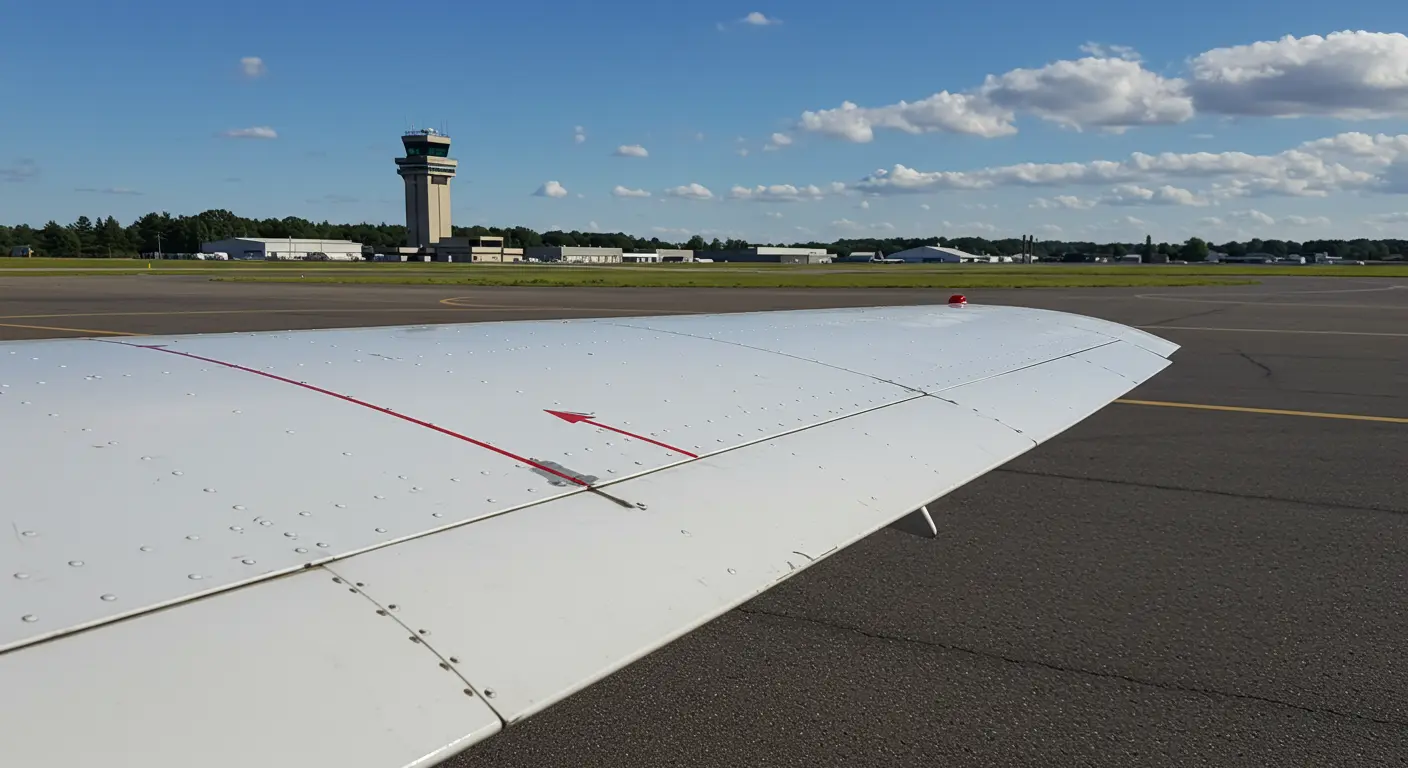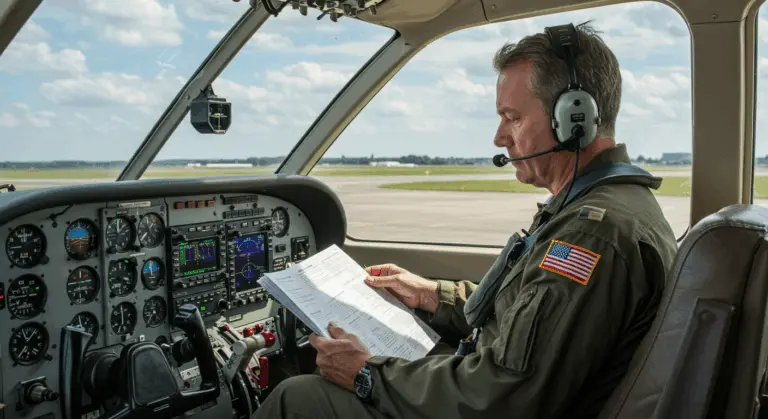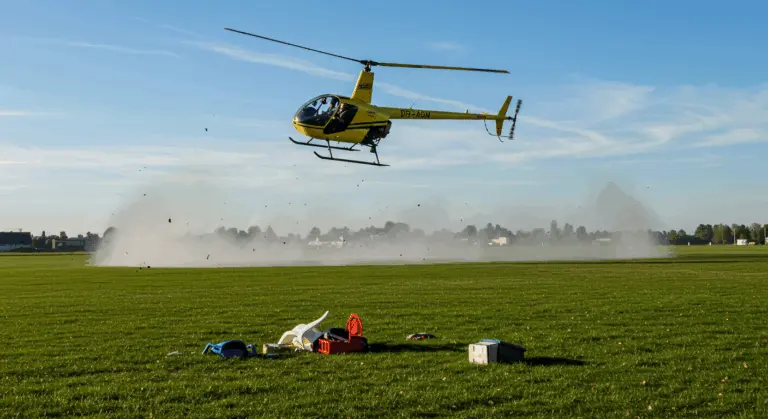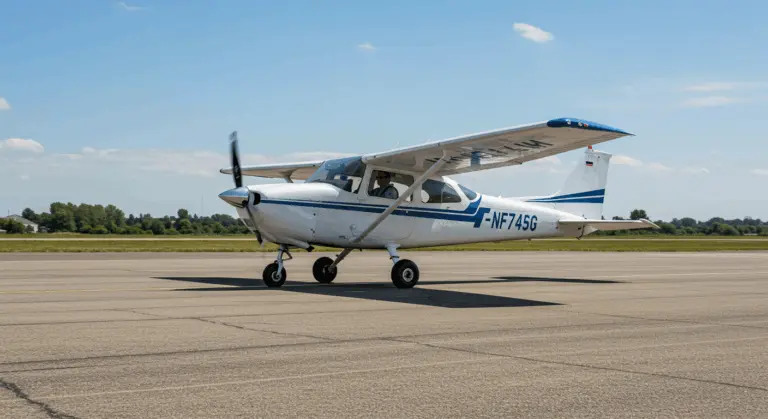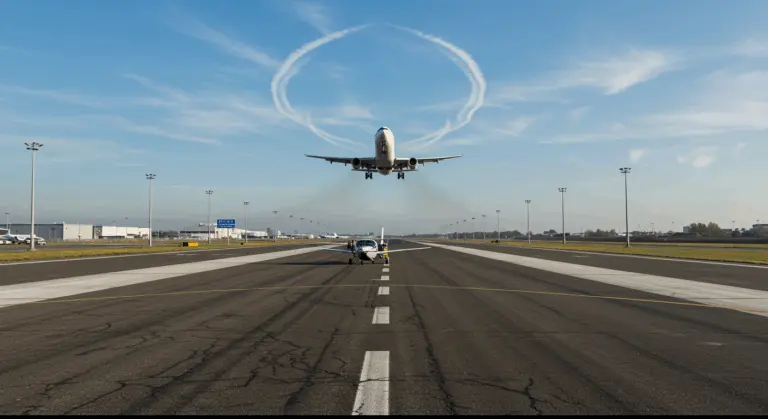Understanding the Angle of Incidence in Aviation
What is the Angle of Incidence in Aviation?
The angle of incidence represents the fixed angle between a wing’s chord line and the aircraft’s longitudinal axis. Established during design and manufacturing, this angle remains permanently set and cannot be altered during flight.
Picture the longitudinal axis as an imaginary line threading through the fuselage’s length. The chord line? It’s the straight connection between the wing’s leading and trailing edges.
This seemingly simple angle becomes a crucial design decision. It creates a careful balance between lift generation, drag minimization, and stability—ultimately shaping the aircraft’s cruising efficiency and defining its unique flight characteristics.
How the Angle of Incidence Affects Aircraft Performance
The angle of incidence profoundly shapes an aircraft’s performance in several key ways:
-
Cruise Efficiency: An optimal angle allows the fuselage to remain level during cruise while the wings operate at their most efficient angle of attack. This configuration minimizes drag and improves fuel consumption.
-
Takeoff and Landing: A positive angle helps generate sufficient lift at low speeds while maintaining good forward visibility for the pilot. It can also improve stall characteristics.
-
Stability and Control: The angle influences the aircraft’s natural pitch tendencies and its response to control inputs.
-
Handling with Power Changes: When coordinated with the engine’s thrust line, it minimizes pitch changes during power adjustments, making the aircraft more predictable to fly.
-
Stall Progression: Designing the wing with a higher angle of incidence at the root than at the tip (washout) helps ensure the wing root stalls first, preserving aileron control.
Variable Incidence Wings – A Design Innovation
Variable incidence wings are an intriguing innovation. They grant pilots the ability to adjust the wing’s angle of incidence mid-flight, fine-tuning performance for varying conditions.
This technology enables optimal performance across very different flight regimes. During takeoff and landing phases, a steeper angle of incidence generates substantial lift at low speeds without compromising the fuselage’s attitude. When cruising at high velocity, however, a reduced angle cuts drag while maintaining that comfortable level fuselage for passengers.
Take the Bought F-8 Crusader—a naval fighter whose wing could pivot upward by a remarkable 7 degrees. This clever feature greatly improved pilot visibility during challenging carrier landings by preserving a level fuselage attitude.
Despite their compelling advantages, these systems remain relatively uncommon due to several limitations:
-
Mechanical Complexity: The adjustment mechanism adds weight, increases maintenance needs, and introduces potential failure points.
-
Additional Systems: The required hydraulic or electrical systems add complexity and must be monitored.
-
Structural Demands: The wing-to-fuselage connection must be extremely robust to handle flight loads while still permitting movement.
The concept still interests advanced aircraft designers. As technology evolves and overcomes these historical constraints, variations of this innovation may well resurface in future aviation.
Angle of Incidence vs Angle of Attack
| Feature | Angle of Incidence | Angle of Attack (AOA) |
|—|—|—|
| Definition | The fixed angle between the wing’s chord line and the aircraft’s longitudinal axis. | The variable angle between the wing’s chord line and the oncoming relative wind. |
| Nature | A static, fixed parameter set during the aircraft’s design and construction. | A dynamic parameter that changes continuously with the aircraft’s attitude and flight path. |
| Control | Cannot be changed by the pilot (except in rare variable-incidence designs). | Directly controlled by the pilot via pitch inputs (e.g., using the elevator). |
| Primary Role | Establishes baseline aerodynamic characteristics for cruise, stability, and landing. | The primary determinant of lift generation and the key factor in causing a stall. |
Aviation professionals sometimes refer to the angle of incidence as the “rigger’s angle.” Most aircraft feature a positive angle around 4 degrees—a balance point that coordinates lift and drag during cruise flight.
Here’s a concrete example: imagine an aircraft with a 3° angle of incidence flying straight and level. Its wing already sits at a 3° angle to the incoming airflow. Now, if the pilot pulls back on the controls and raises the nose by 2°, the angle of attack jumps to 5°. The angle of incidence? It stays locked at that original 3°.
Practical Applications of Angle of Incidence in Aviation Training
The angle of incidence serves as a fundamental concept in aviation training, connecting aerodynamic theory to practical flight operations across multiple domains:
This knowledge helps pilots move from simply reacting to anticipating of aircraft behavior. This understanding becomes invaluable for safety—particularly when facing those unexpected situations where split-second decisions matter most.

